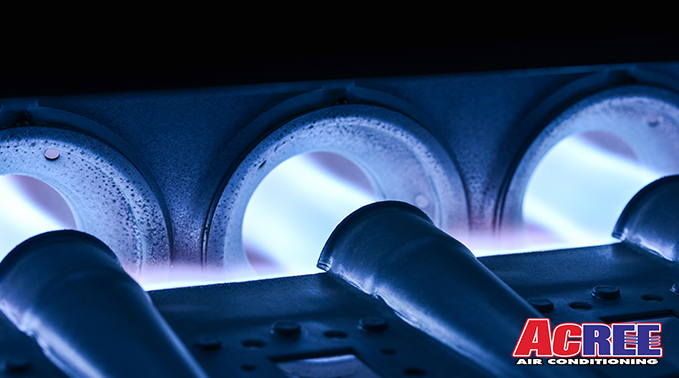SCHEDULE SERVICES
X
A Primer on Your Heat Exchanger
SCHEDULE SERVICE
A Primer on Your Heat Exchanger
January 18, 2019

There are countless parts and intricate components that work together to help ensure your furnace runs properly, and it would take away a lot of time out of your day if we tried to sit here and explain the ins and outs of each one.
But what we can do is take one of those parts and work our way through that one — so let’s start with the heat exchanger. This is one of the more important parts of a furnace, and hopefully, after you’re done reading our quick guide to yours, you’ll have a better understanding of what it does and how it works.
The Key to Everything
A heat exchanger is critical to an operational HVAC unit — without it, you wouldn’t receive warm air at all. It’s a series of metal tubes (or coils, depending on what type of furnace you have) that sit out of sight in your HVAC assembly.
The way your air gets heated is usually the same, more or less, regardless of what type of heat exchanger you have. Inside of the heat exchanger, a liquid — typically oil, propane or sometimes natural gas — is ignited and combusts, creating heat as a byproduct. The air outside the heat exchanger blows by, taking this heat with it and moving newly heated air through your circulation system.
And voila! That’s how your furnace creates the hot air you enjoy so much when it gets chilly outside.
What You Should Keep an Eye Out For
Since your heat exchanger handles potentially dangerous elements like natural gas and carbon monoxide, it’s important to observe routine upkeep and maintenance on yours to prevent anything dangerous from occurring. Here are a few ways to make sure you and your family stay safe and avoid any problems related to faulty heat exchangers:
- Check for cracks: This is the number one cause for concern. As your heat exchanger continues to perform its job, it’ll eventually succumb to old age thanks to the usual wear and tear. When it begins to reach its breaking point, it’ll crack — and dangerous gases like carbon monoxide can leak into your home.
- Odd smells: When a heat exchanger has malfunctioned or cracked, you may smell something resembling rotten eggs or formaldehyde if your furnace runs on natural gas. This is because natural gas is odorless by default, so gas providers add a compound that smells bad so you’ll know when you’ve got a leak.
- Rust: Another sign that it’s time to move on and replace your heat exchanger. Rust accumulates over time, so don’t wait around for it to get any worse — replace yours before it breaks!
Heat exchangers are important, but you might not always know the best course of action — or if yours is in trouble of needing repair. Don’t worry! At Acree Plumbing, Air & Electric, we’re your local HVAC experts. Whenever you’ve got a worry or concern, you don’t need to look any farther than right here in your own backyard.
Give us a call at 800-937-6736 for the most reliable service in the Tampa area!
SCHEDULE SERVICE
Please fill out the form below so that we can better assist you.









